FORT LEWIS, Wash.- The U.S. Army Pathfinder School is not only one of the toughest courses in the Army, but it is also one of the most coveted schools among Soldiers in combat arms.
Thirty-four Soldiers from the 864th Engineer Battalion counted themselves lucky this month to be among the latest students to attend the course run by a Fort Benning mobile training team at Fort Lewis.
The mentally exhaustive three-week school, also attended by 30 Soldiers from other units, focused on both classroom instruction and hands-on training before culminating in a final field training exercise.
Soldiers who prevailed in the face of numerous written tests and field evaluations left the course certified in establishing and operating helicopter landing zones and parachute drop zones, conducting Ground Marker Release System, Computed Air Release Point and Voice Initiated Release System operations, and performing sling-load operations, as well as providing navigational assistance to aircraft in airborne operations.
According to Maj. Ed Diaz, the battalion operations officer, the Pacemakers had been planning to attend Pathfinder School since their 2007 deployment to Afghanistan.
"This time last year, while they were still in Afghanistan ... they requested it," said Diaz. "The battalion saw that there was a gap in capabilities ... and Pathfinder addresses the gap."
Soldiers hit the ground running in the initial days of the course as they learned procedures for air traffic control, medical evacuation and sling-load operations.
During the sling-load segment of the school, Soldiers learned to rig and prepare a load before ultimately inspecting it prior to being slung.
After testing on both written and hands-on exams, the Soldiers moved to the field for a "sling-load rodeo."
"(Each Soldier) got a chance to be key personnel in the sling-load operation ... whether they (acted as) a signal man or a hookup man," said Sgt. Thomas Hotaling, a mobile trainer from Fort Benning. "It gave them an opportunity to be a part of (the operation)."
The next stage of Pathfinder School brought the Soldiers to Rogers Drop Zone for a Voice Initiated Release System operation.
To initiate a VIRS drop, Soldiers stood at a release point on the drop zone marked by an orange marking panel and waited for a UH-60 Black Hawk helicopter filled with jumpers to fly overhead.
Pathfinder students, standing 1,500 feet below the helicopter, then used a radio and hand signals to set the Black Hawk in a traffic pattern. When the helicopter appeared above the predetermined release point, it was up to the Soldier on the ground to initiate the jump.
"Execute, execute, execute," announced each Soldier to the Black Hawk crew.
After days of rehearsal and testing, the Soldiers were relieved to watch jumpers parachute successfully from the helicopter.
"I was nervous for the first time," said Sgt. Joshua Freeland of the 585th Engineer Company after initiating his first VIRS drop. "It was a good learning experience."
With VIRS experience under their belts, the Soldiers moved a step closer to attaining skills that would ultimately allow them to deliver troops and equipment anywhere in the world, said Sgt. 1st Class Cedric King, a mobile trainer from Fort Benning.
For instance, "they can go to Afghanistan and land troops (or) they can go to Iraq and deliver equipment or resupply."
Of the 64 Soldiers who entered the course, only 38 remained by the final stage of the math-intensive course.
"There's a lot of mathematics," said King. "A lot of (Soldiers) fresh out of high school or college have dealt with mathematics in the past recently. But here, you've got guys that haven't dealt with mathematics in a long time. That kind of throws them a little bit. On top of the extensive amount of studying that is required in the course, there is so much to learn about airmobile operations ... and the time that they have to learn it is so small."
The candidates once again negotiated the expanse of Rogers Drop Zone in the finals days of their Pathfinder training, setting up a Ground Marker Release System and Computed Air Release Point as part of a field training exercise.
After making initial calculations based on factors such as wind conditions, flight ceiling and area of the drop zone, Soldiers split up into two teams; a recon and a marking party. The teams then constructed a release point and an inverted L pattern with bright orange marking panels to ultimately guide a C-130 to drop door bundles and troops near a fixed point of impact.
The highlight of the day came during a CARP drop, when dozens of Soldiers from 160th Special Operations Aviation Regiment peppered the sky above Pathfinder students.
Following the FTX, 16 engineers from the 864th Engineer Battalion and 21 Soldiers from other units earned the right to wear the highly sought-after Pathfinder designation. The distinctive winged torch, symbolic of runners from ancient Greece who competed in the original Olympic Games, recognizes Soldiers who were able to learn, retain and apply the lessons learned throughout Pathfinder School.
"It takes a lot of mental stamina to get through," said Sgt. Eric Smith of HHC, 864th Engr. Bat., who graduated from the course.
"But it's worth it. I feel like I'm coming out able to actually set up a drop zone, able to do a sling load and able to complete a mission."
Phil Sussman is a reporter with Fort Lewis' Northwest Guardian.
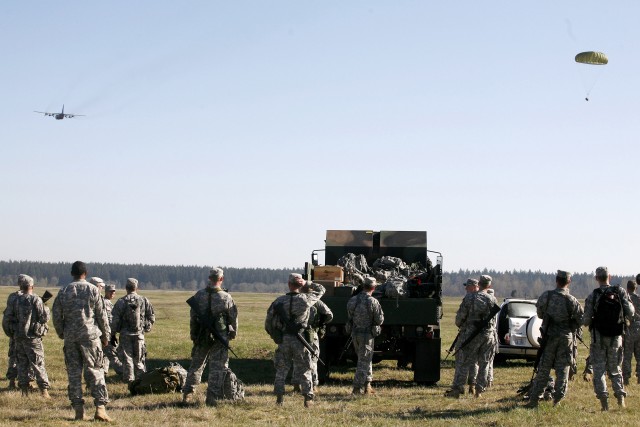

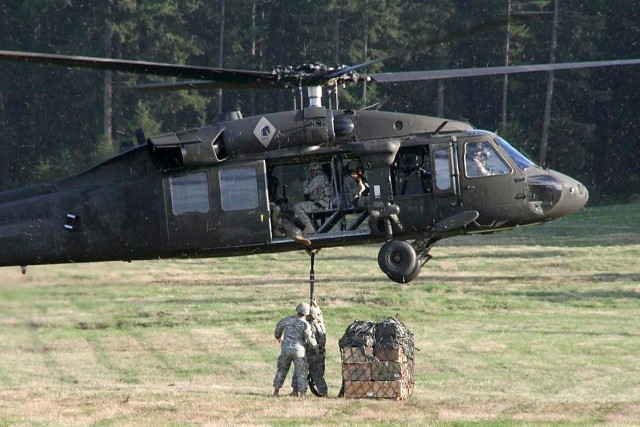

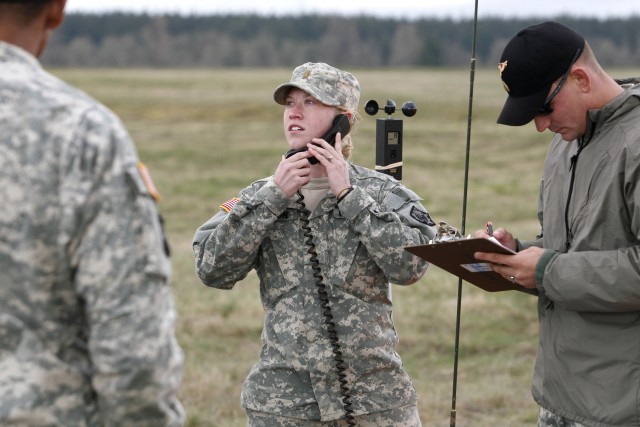
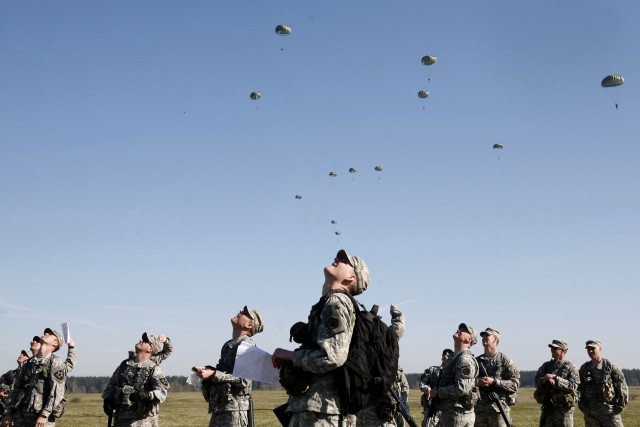
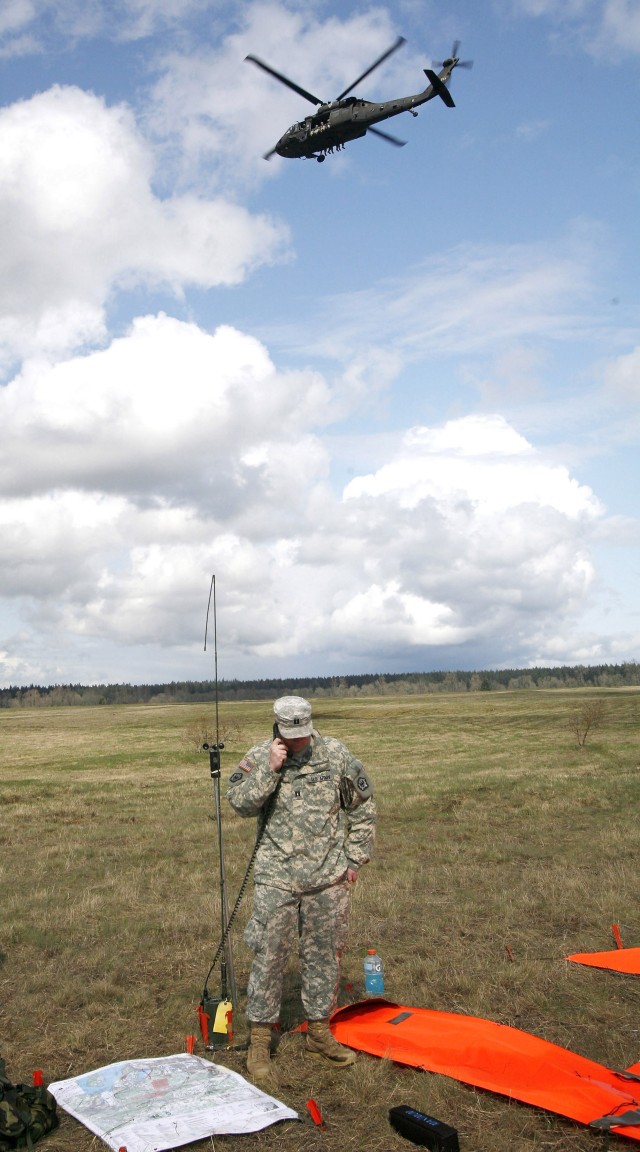
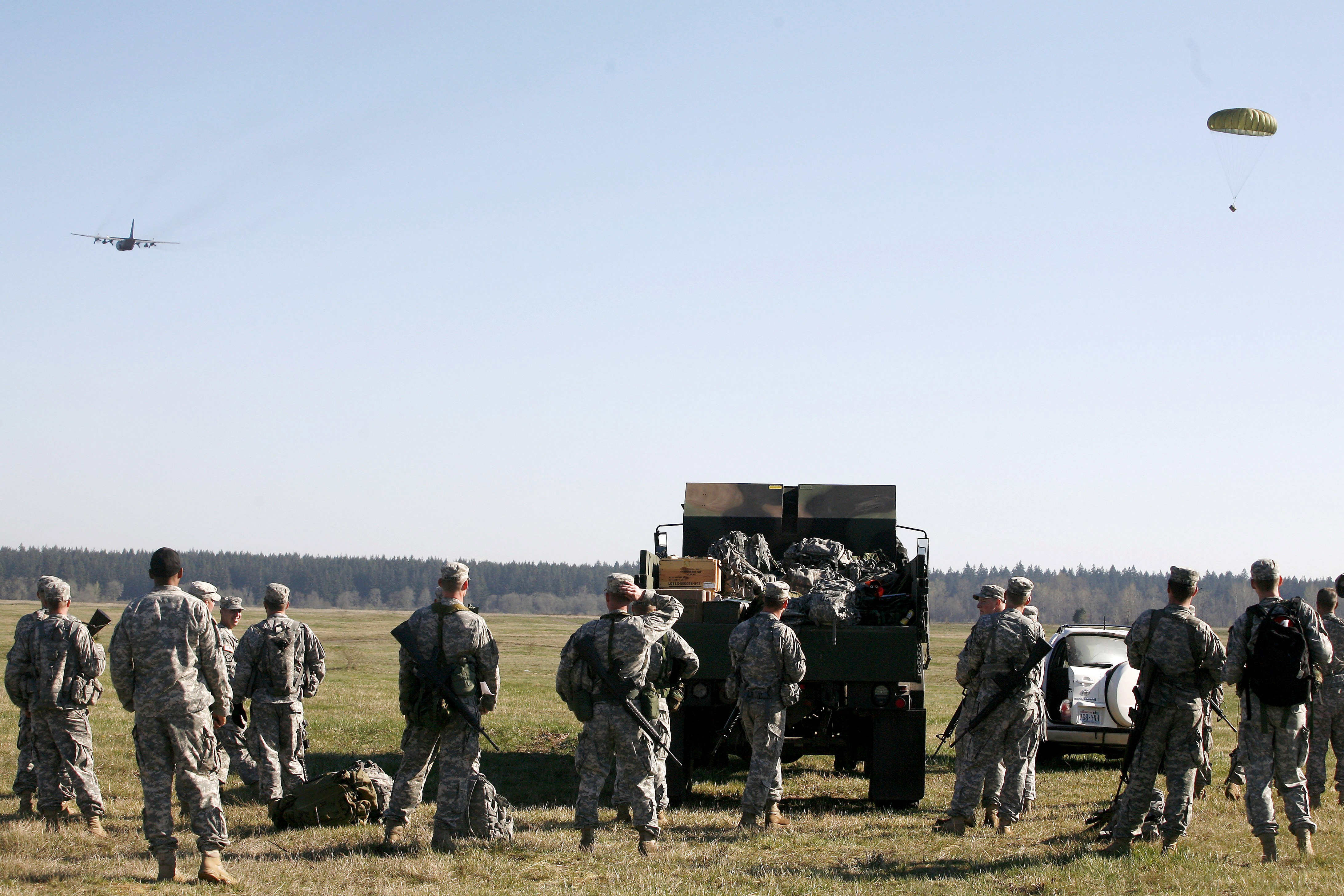
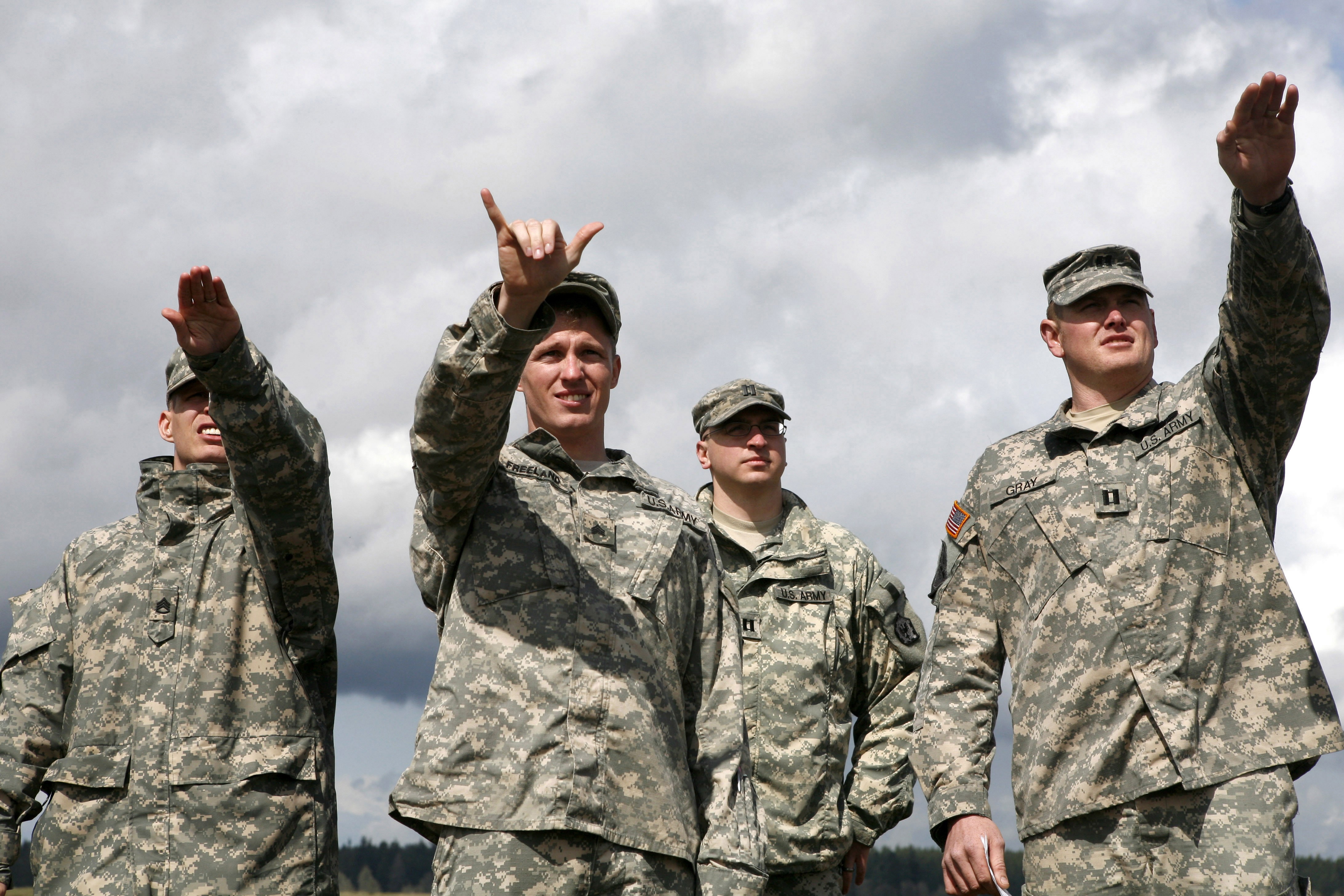
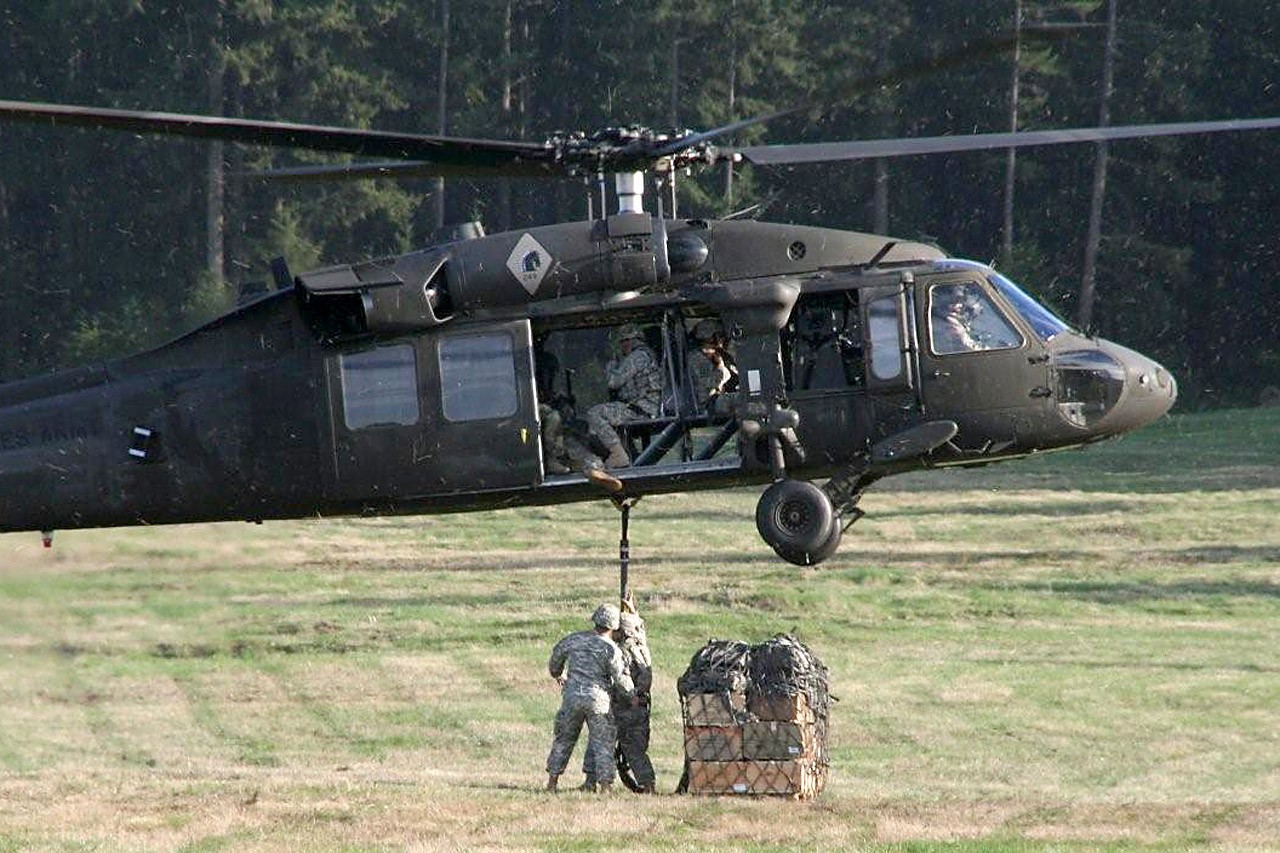
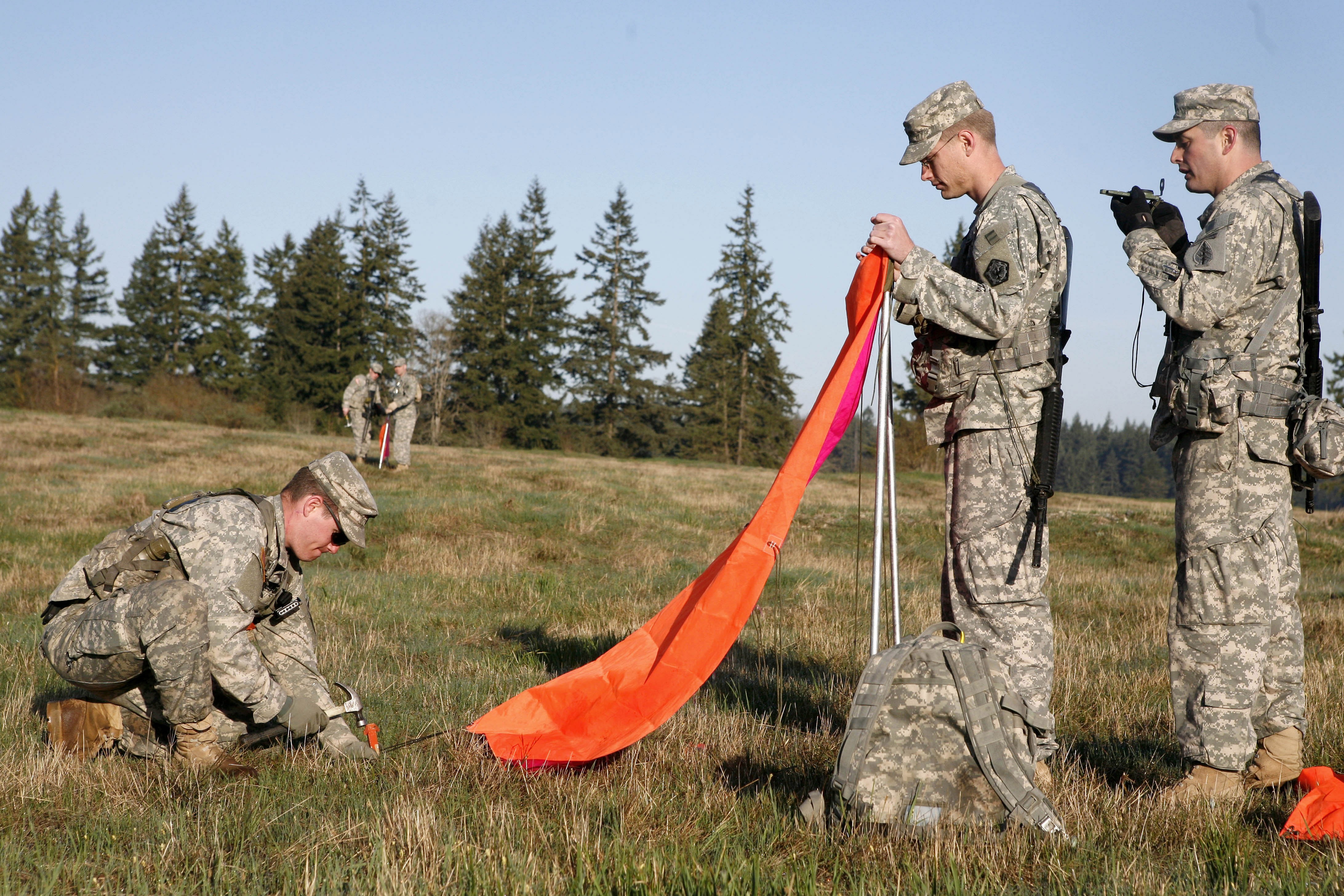
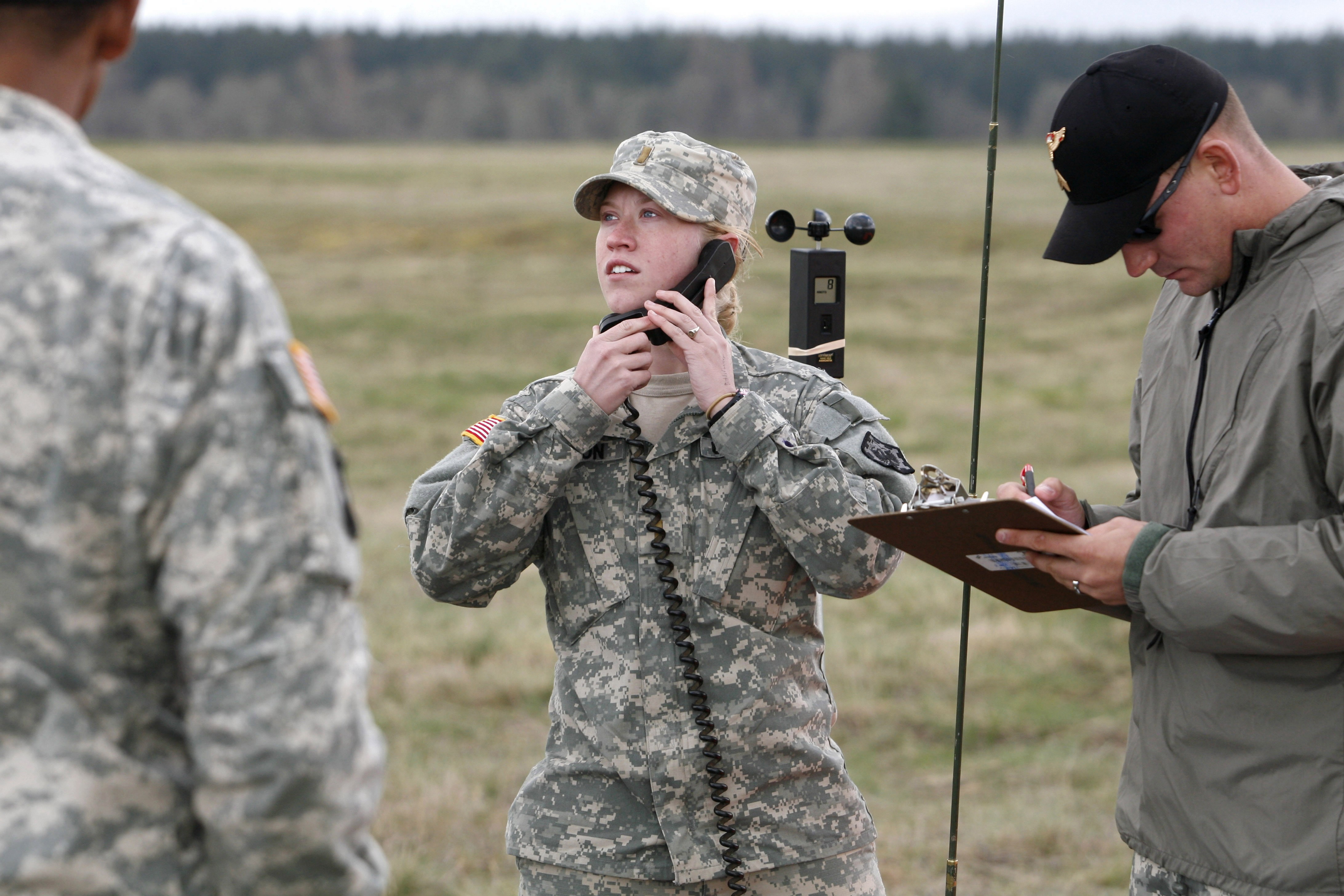

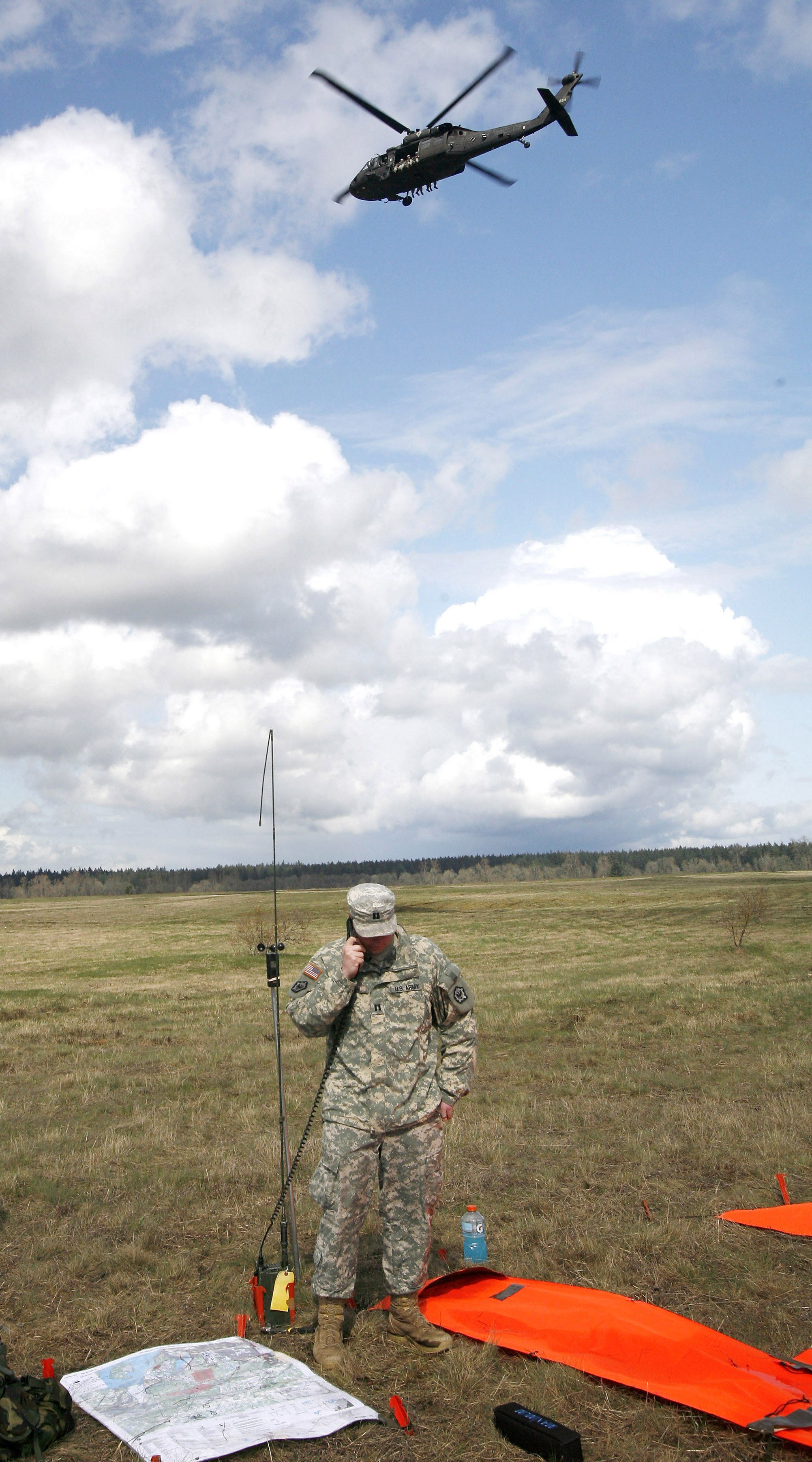
Social Sharing